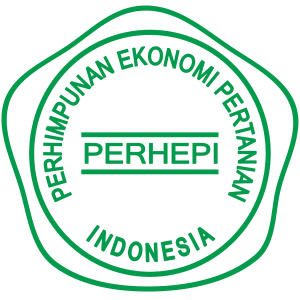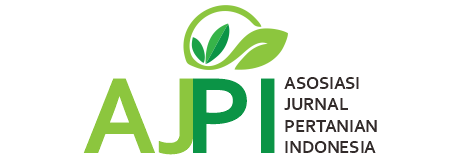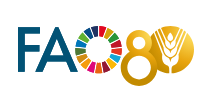Determining Comparative and Competitive Advantages of Indonesian Tobacco through Policy Analysis Matrix (PAM)
Keywords:
tobacco, FCTC, competitive advantage, comparative advantage, Policy Analysis MatrixAbstract
Indonesia is one of the countries with the largest number of smokers in the world after China, the United States and Russia. Unfortunately, the Indonesian government has not signed the Framework Convention on Tobacco Control (FCTC). Some of the Indonesian government's considerations, the cigarette industry has a multiplier effect on economic growth, state revenues, employment in cigarette industry and tobacco farmer income. According to the Association of Indonesian Cigarette Manufacturers Association (GAPPRI), Indonesia's tobacco needs about 50% is imported tobacco. This study therefore aims to analyze the competitive and comparative advantages of Indonesian tobacco through Policy Analysis Matrix (PAM). This study was conducted in Temanggung as one of the tobacco producers in Indonesia. All models of tobacco farming in Temanggung is feasible in financially and economically. This commodity has comparative and competitive advantages.Downloads
Published
Issue
Section
License
Copyright (c) 2018 Agricultural Science

This work is licensed under a Creative Commons Attribution-ShareAlike 4.0 International License.
















